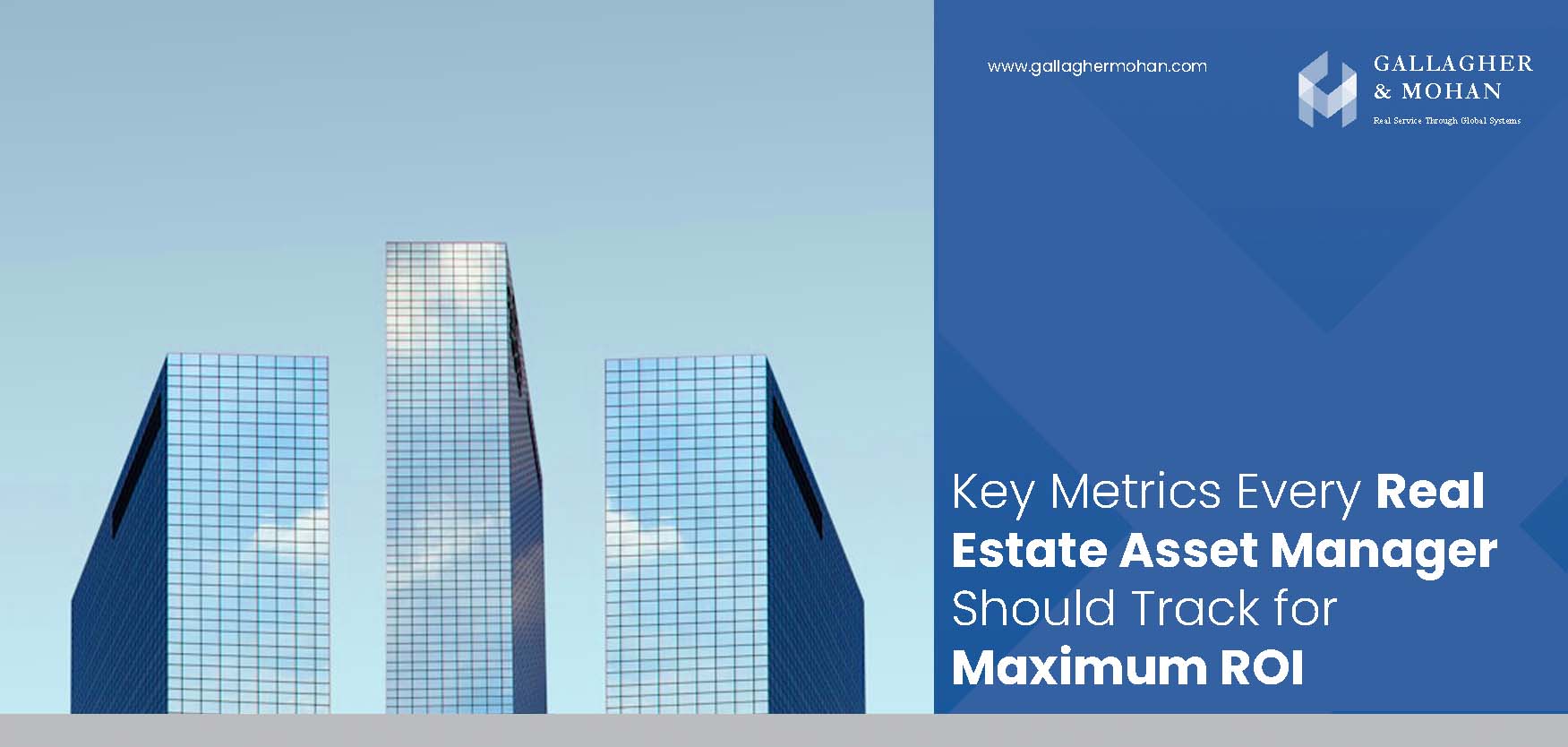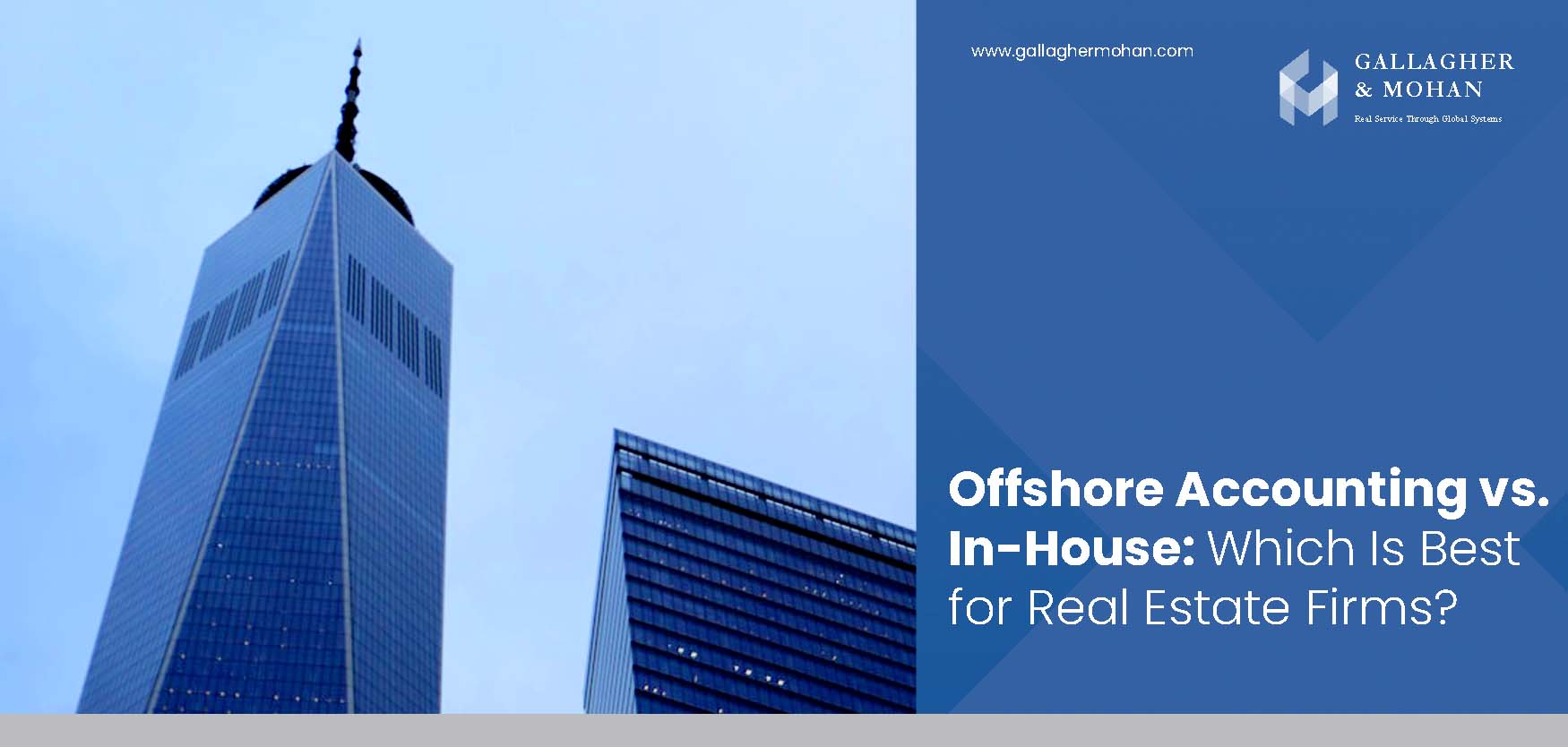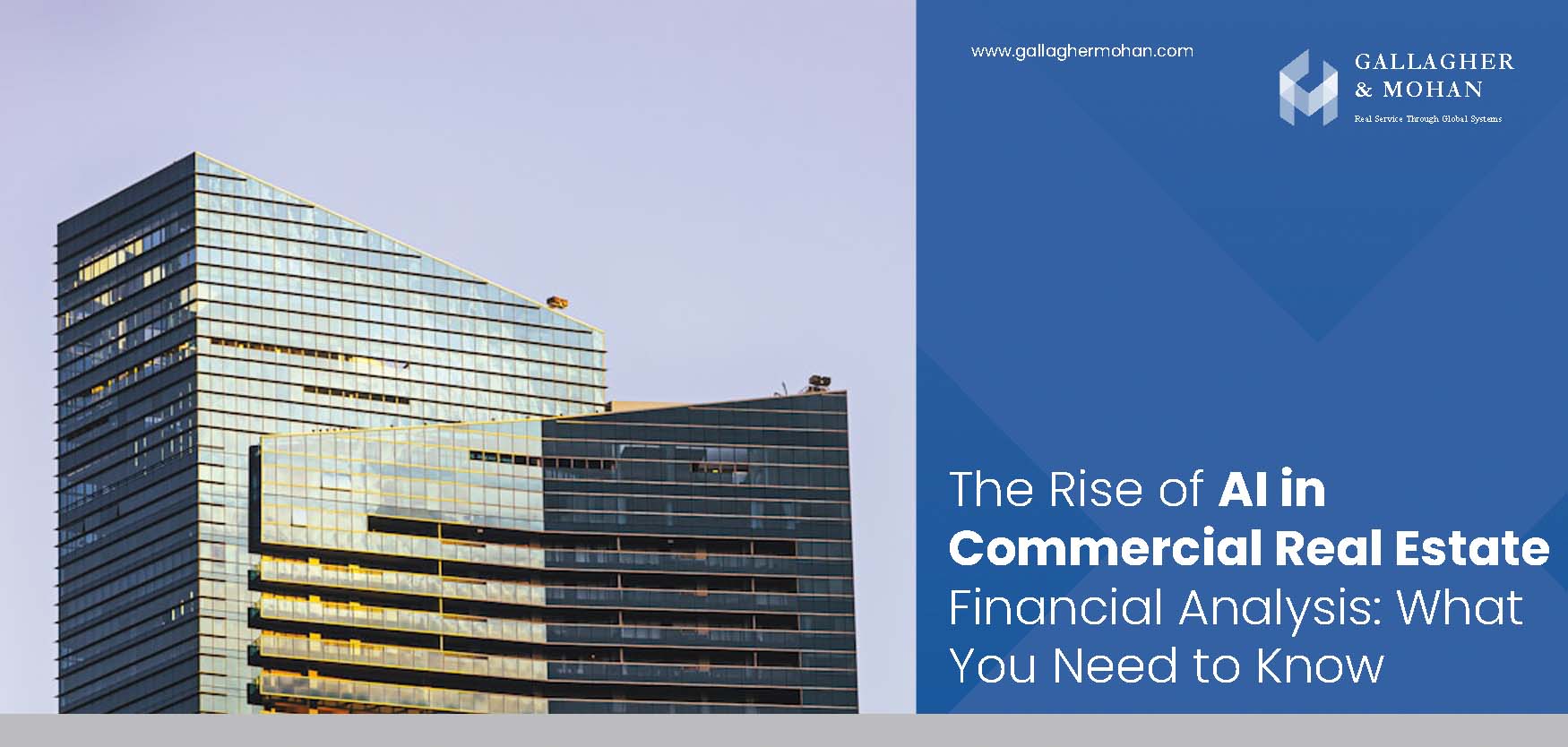26 May 2025
Key Metrics Every Real Estate Asset Manager Should Track for Maximum ROI
In today’s competitive market, real estate asset management is no longer just about maintaining properties—it’s about maximizing value, reducing risk, and delivering consistent returns. With investor expectations rising and portfolio complexity increasing, asset managers must rely on more than intuition. A data-driven approach anchored in the right real estate performance metrics is now critical. Whether managing multifamily units, commercial buildings, or mixed-use portfolios, tracking key indicators like Net Operating Income (NOI), IRR, and occupancy rates can significantly influence investment outcomes. In this article, we break down the most essential KPIs for real estate asset managers in 2025—and how monitoring them can help you boost performance and achieve maximum ROI.
Net Operating Income (NOI): The Foundation of Asset Performance
Net Operating Income (NOI) is one of the most fundamental real estate asset management metrics, serving as a clear indicator of a property’s operational profitability. Calculated as total revenue minus operating expenses (excluding debt service and capital expenditures), NOI provides a snapshot of how well a property is performing from a pure operations standpoint.
Why It Matters:
Tracking NOI allows real estate asset managers to quickly assess whether income-generating properties are running efficiently. A consistent increase in NOI typically reflects better cost management, improved occupancy rates, or successful rent growth strategies.
How to Use It:
Compare month-over-month or year-over-year NOI trends across your portfolio. Significant variances can indicate areas where intervention is needed—whether it’s renegotiating service contracts, adjusting lease terms, or enhancing property management operations.
Internal Rate of Return (IRR): Evaluating Long-Term Investment Viability
Internal Rate of Return (IRR) is one of the most critical real estate investment metrics used by asset managers to assess the profitability of an asset over its lifecycle. Unlike short-term cash flow measures, IRR provides a comprehensive look at the expected rate of return from acquisition to disposition, factoring in both the timing and magnitude of cash flows.
Why It Matters:
IRR helps real estate asset managers determine whether a property meets the required hurdle rate for investors or stakeholders. A higher IRR indicates a potentially more profitable investment, while a lower IRR may signal underperformance or misaligned expectations.
How It’s Used:
Asset managers rely on IRR when making major financial decisions, such as refinancing strategies, property disposition, or evaluating reinvestment opportunities. For example, if an asset’s IRR falls below the investor's target threshold, it might prompt a sale or repositioning strategy. On the other hand, an improving IRR could justify capital reinvestment or expansion.
Real-World Impact:
Monitoring IRR ensures alignment between asset strategy and investor goals, helping firms maximize returns while managing long-term risk.
Cash-on-Cash Return: Measuring Real-Time Income Performance
Cash-on-Cash Return is a critical performance indicator for real estate asset managers, especially when evaluating income-producing properties. It measures the annual pre-tax cash flow relative to the total amount of cash invested, offering a straightforward snapshot of how well an asset is generating returns on the actual capital deployed.
Why It Matters:
This metric is particularly important for income-focused investors who prioritize steady cash flow over long-term appreciation. It helps asset managers gauge whether the property is meeting the expected return thresholds and serves as an early indicator of underperformance or success.
When It's Most Applicable:
Cash-on-Cash Return is highly relevant in stabilized assets or newly acquired properties that are expected to deliver regular income. It is commonly used in monthly and quarterly performance reviews to track short-term gains and to benchmark different assets across a portfolio.
Operational Insights:
By monitoring this metric consistently, real estate firms can make informed decisions about rent adjustments, cost control, or reallocation of capital. It's a real-time pulse check for profitability that supports tactical asset-level strategies.
Occupancy & Leasing Metrics: Maximizing Property Performance
For real estate asset managers, monitoring occupancy and leasing metrics is essential to maintaining asset stability and long-term profitability. High occupancy rates and strong lease renewal percentages indicate healthy tenant demand and reduce income volatility, making them foundational indicators of operational success.
Key Leasing KPIs to Track:
Among the most important metrics are the average lease term, vacancy rate, and tenant retention rate. A low vacancy rate and high tenant retention suggest that the asset is well-positioned in the market and that property management efforts are aligned with tenant needs. Longer average lease terms typically lead to more stable cash flow and fewer turnovers, reducing costs associated with marketing and re-leasing.
Strategic Implications:
Asset managers use this data to fine-tune their property strategy—whether it’s adjusting rent structures, offering renewal incentives, or improving amenities to retain high-value tenants. Additionally, leasing metrics play a critical role in revenue forecasting, helping firms project future cash flow and make informed decisions on refinancing, reinvestment, or asset disposition.
Capital Expenditure (CapEx) Tracking: Safeguarding Long-Term Asset Value
Effective capital expenditure (CapEx) tracking is crucial for real estate asset managers aiming to protect and enhance the long-term value of their properties. CapEx refers to funds spent on significant property improvements, renovations, or replacements that extend the useful life of the asset and improve operational efficiency.
Understanding CapEx Types:
It’s important to differentiate between necessary CapEx, which includes essential repairs and maintenance to keep the property operational, and value-add CapEx, which focuses on upgrades intended to increase property value or generate higher income. This distinction helps asset managers prioritize investments and allocate budgets effectively.
Monitoring CapEx ROI:
Tracking the return on investment (ROI) for CapEx projects over time allows asset managers to evaluate which expenditures deliver tangible value and contribute positively to the asset’s financial performance. By monitoring CapEx ROI, firms can justify future budgets, optimize spending, and align capital improvements with overall investment strategy.
Debt Service Coverage Ratio (DSCR): Ensuring Financial Stability
The Debt Service Coverage Ratio (DSCR) is a vital metric that measures a property’s ability to cover its debt obligations through net operating income. For real estate asset managers, maintaining a healthy DSCR is critical to ensuring financial stability and mitigating leverage risk.
Why DSCR Matters:
Lenders and asset managers rely heavily on DSCR to evaluate the risk associated with borrowing. A higher DSCR indicates that the property generates sufficient income to comfortably meet debt payments, reducing the likelihood of default. Conversely, a low DSCR signals potential cash flow problems and higher financial risk.
Ideal DSCR Thresholds:
While the ideal DSCR can vary by asset class, most lenders prefer a minimum ratio of 1.25 to 1.35 to approve financing. For example, multifamily and industrial properties might have slightly different DSCR requirements due to their differing cash flow stability. Understanding these benchmarks helps asset managers negotiate favorable loan terms and plan for refinancing or restructuring if necessary.
Portfolio-Level Performance Metrics: Driving Strategic Growth
For real estate asset managers, tracking portfolio-level performance metrics is essential to gain a holistic view of multiple assets under management. Instead of evaluating properties in isolation, consolidated metrics offer deeper insights into overall portfolio health and investment success.
Key Consolidated Metrics:
Common portfolio-level KPIs include blended ROI, average net operating income (NOI), and portfolio internal rate of return (IRR). These aggregated numbers provide a clearer picture of total returns, cash flow performance, and long-term growth potential, helping managers evaluate how individual assets contribute to overall goals.
Strategic Use of Aggregated Data:
By analyzing these portfolio metrics, asset managers can identify strengths and weaknesses within the portfolio, adjust investment strategies, and make informed decisions about acquisitions, dispositions, or capital allocation. This data-driven approach enables optimized resource deployment and maximizes overall portfolio value.
ESG & Sustainability Metrics: Aligning Real Estate with Future Trends
The growing focus on environmental, social, and governance (ESG) factors is reshaping how real estate asset managers measure and report asset performance. Tracking sustainability metrics is no longer optional but essential for maintaining competitive advantage and meeting stakeholder expectations.
Key ESG Metrics:
Important metrics include energy consumption, green building certifications (such as LEED or WELL), and carbon footprint reduction efforts. These indicators help quantify a property’s environmental impact and sustainability initiatives.
Why ESG Matters:
Incorporating ESG metrics can significantly enhance tenant attraction, as more tenants prioritize eco-friendly and energy-efficient buildings. Additionally, strong ESG performance can improve access to favorable financing options and elevate the property’s brand reputation in a market increasingly driven by sustainability.
Conclusion
Tracking these key real estate asset management metrics is essential for making smarter, data-driven decisions that maximize ROI and ensure portfolio success. Leveraging modern technology and partnering with expert offshore teams can streamline metric tracking and improve reporting accuracy. For firms looking to enhance their asset management capabilities and optimize financial performance, expert support is just a click away.
Ready to elevate your real estate asset management? Visit our Asset Management Services page or contact us today for tailored solutions.



